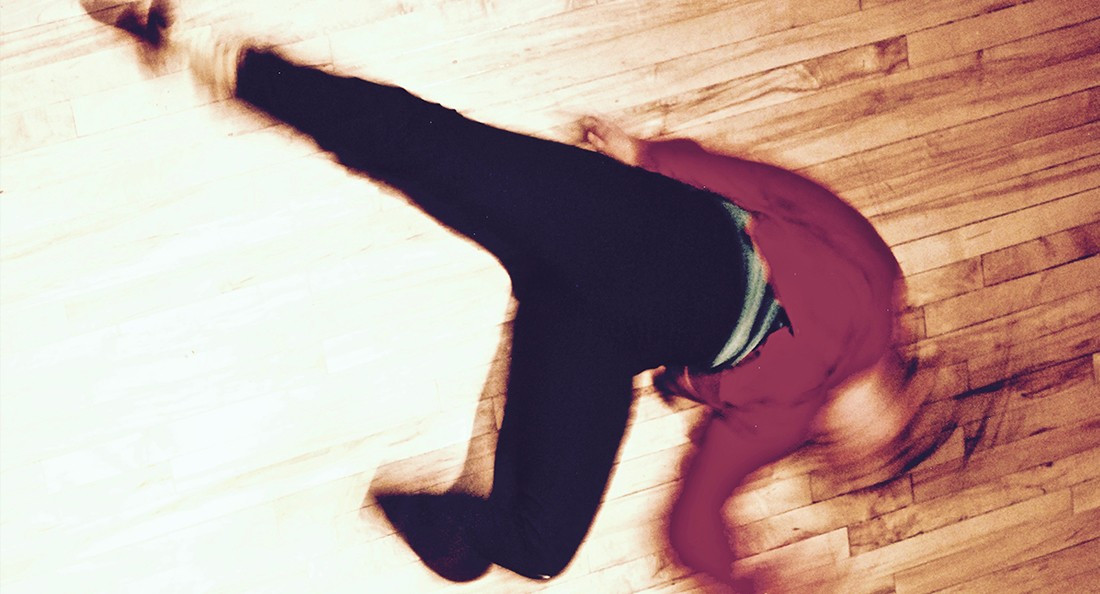A conversation between art forms
Collaboration is a natural avenue for contemporary dancers
Contemporary dancers are branching out to collaborate with other art forms. According to Johanna Riley, interim company manager at Winnipeg’s Contemporary Dancers (WCD), this crossover is a natural evolution for the genre.
“Dance is by nature multidisciplinary ... it’s kind of a meeting of theatrical elements and visual arts elements and musical elements,” Riley explains. “It’s kind of a hybrid already on its own.”
Natasha Torres-Garner, chair of the Young Lungs Dance Exchange artist-run board, is one of the founding members of the organization. Thirteen years ago, Young Lungs began as a few dancers seeking a platform for creation. Now, it hosts the Research Series that provides studio space and encourages cross-pollination.
Natasha Torres-Garner is chair of the Young Lungs Dance Exchange.
Artists can apply for a position in one of the three sessions every season, either working with other dancers or with artists from other media, including visual art and theatre. The group then spends time collaborating in the studio.
“In dance, there’s so much time needed in the studio just figuring out what your practice is and how you’re going to relate to other artists,” Torres-Garner says. Young Lungs offers this opportunity.
The organization has received funding from the government, the Winnipeg Arts Council and the Manitoba Arts Council. They’ve devoted funds from the past six years to dancers looking to explore ideas in the Research Series.
“We’re mainly interested in supporting people who are using dance and movement in a creative context in their practice,” Riley says. She is also a member of the Young Lungs board.
Rachelle Bourget is primarily a contemporary dance artist and has recently been experimenting with recording and rearranging sounds. She found the Research Series she did two years ago helpful, because it gave her the opportunity to record herself not only visually, but aurally as well, and work on her technique from there.
“It’s nice to be able to explore and try things” Bourget says. She believes that although the series offers a more flexible space to explore her practice, there is still an element of pressure to produce.
“No matter what, every artist always feels … a bit of pressure to create something,” she says. Without this pressure, she says she would find it hard to make any decisions in her work.
Collaborative learning is important to the dance community, since it helps expand the boundaries of what dance can be, Torres-Garner says. This is true especially for individual artists, who may be in need of support.
“It’s quite a daunting thing to do on your own … to try to create and produce something, especially when you don’t have much experience,” Riley says.
Torres-Garner agrees, explaining that collaboration shifts the focus towards exploration, which lessens the power balance between dancer and choreographer.
“How can we make this conversation between all art forms as interesting as possible?” Torres-Garner says.
Bourget is working alongside Davis Plett, who works in theatre, in the November Research Series. They will be exploring the relationship between dancer and object.
Published in Volume 72, Number 9 of The Uniter (November 9, 2017)







